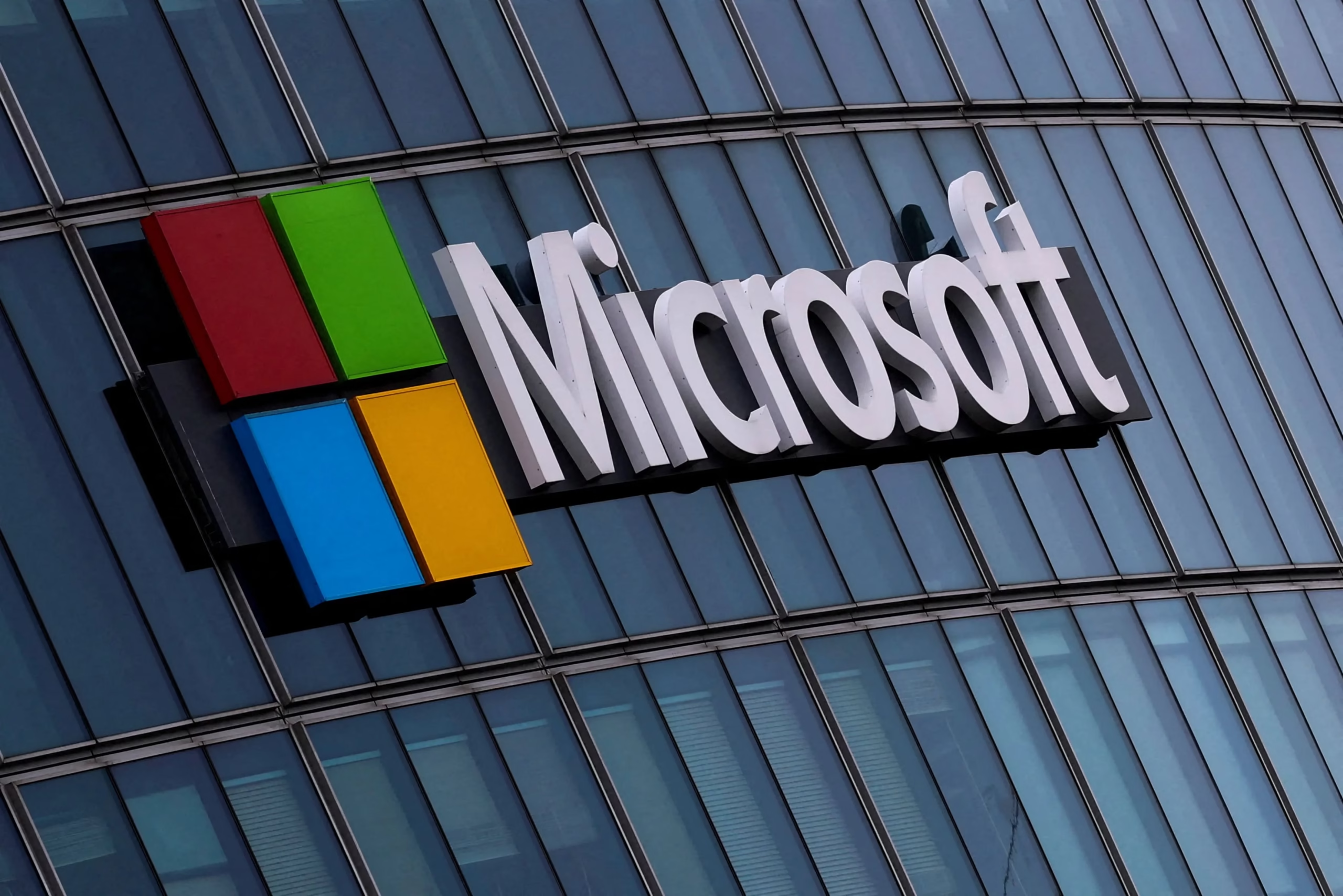$41.3 Billion Game: How the 2025 Club World Cup Will Transform the U.S. Economy
The upcoming FIFA Club World Cup 2025, set to take place in the United States, is expected to deliver an astounding $41.3 billion in economic impact, making it the most lucrative edition of the tournament to date.
This remarkable figure is driven not only by the new, expanded format—featuring 32 of the world’s top clubs—but also by the massive scale of investment, international tourism, broadcasting rights, and infrastructure development tied to the event.
Key Drivers of Economic Impact
1. Tourism & Hospitality
The tournament is expected to draw millions of fans from around the world, generating a sharp increase in hotel occupancy, restaurant visits, local transportation use, and spending across host cities.
2. Job Creation
The event will create tens of thousands of jobs, both temporary and permanent, across various sectors including event organization, security, media production, stadium services, and construction.
3. Infrastructure Investment
Although the U.S. already boasts world-class venues, the Club World Cup will drive additional investments in stadium upgrades, transportation systems, and digital infrastructure to meet global expectations and demands.
4. Broadcasting & Media Revenue
Clubs such as Real Madrid, Manchester City, and Flamengo will attract global viewership. This is expected to push broadcast rights sales to record highs, making media revenue one of the tournament’s strongest economic drivers.
5. Sponsorship & Commercial Partnerships
FIFA and U.S. organizers are currently in talks with leading global brands, with sponsorship deals projected to generate massive revenue through branding, activations, and product placements across venues and broadcasts.
A Global Spectacle, U.S.-Style
For the first time in history, the Club World Cup will adopt a World Cup-style format, featuring 32 clubs from all six football confederations, competing over several weeks. This is a major evolution from the smaller, annual tournament format of previous editions.
The change is expected to elevate the prestige and competitive level of the tournament, attracting greater fan engagement and commercial interest globally.
A Strategic Dress Rehearsal for 2026
Scheduled just one year before the 2026 FIFA World Cup, which will also be co-hosted by the U.S., Mexico, and Canada, the Club World Cup 2025 serves as a strategic rehearsal.
It provides the U.S. an opportunity to:
Test large-scale logistics and stadium operations
Strengthen strategic partnerships
Gauge fan readiness and improve engagement tactics
With an estimated $41.3 billion in economic benefits, the FIFA Club World Cup 2025 is set to become more than just a celebration of football—it is shaping up to be a landmark moment for the U.S. economy.
As anticipation builds, stakeholders in tourism, media, and infrastructure are preparing for a historic summer where sports and economic opportunity will converge on an unprecedented scale.














Post Comment